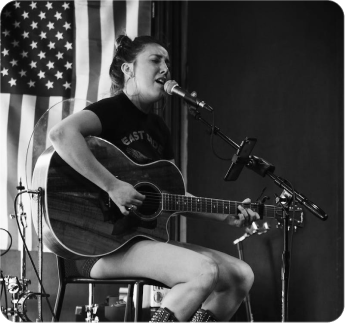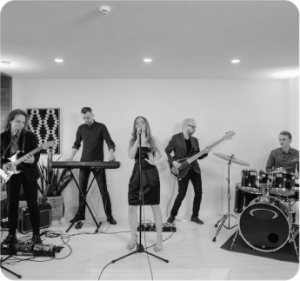In the vast landscape of the music industry, the medium through which songs are presented has undergone a fascinating evolution. Among the most transformative developments has been the rise of music videos. From their humble beginnings on television screens to their omnipresence on social media platforms like TikTok, music videos have shaped not only how we consume music but also how we perceive and interact with it.
In the early days of music television, channels like MTV provided a platform for artists to showcase their creativity visually. Music videos became a powerful tool for musicians to express themselves beyond the confines of their songs, allowing them to convey narratives, evoke emotions, and create memorable visual experiences for their audiences. Iconic videos like Michael Jackson’s “Thriller” and Madonna’s “Like a Prayer” became cultural phenomena, shaping not only the music industry but also popular culture as a whole.
As technology advanced and the internet became increasingly prevalent, the way we consume music videos underwent a significant shift. Platforms like YouTube democratized the distribution of music videos, allowing artists of all levels of fame and resources to reach global audiences with their visual creations. Suddenly, music videos were no longer confined to television schedules but were accessible anytime, anywhere, with just a few clicks.
However, it wasn’t until the advent of social media platforms like TikTok that music videos truly entered a new era. With its short-form, user-generated content model, TikTok revolutionized how we engage with music videos, turning them into viral sensations overnight. Songs that might have otherwise gone unnoticed were propelled to the top of the charts thanks to catchy hooks and danceable beats that inspired users to create their own choreography and lip-sync videos.
TikTok’s algorithm-driven recommendation system further amplified the reach of music videos, exposing users to a diverse range of songs and artists based on their preferences and behavior. This level of personalized curation was unprecedented in the music industry, offering artists unparalleled opportunities for exposure and discovery.
Moreover, TikTok’s emphasis on creativity and authenticity has democratized the creation of music videos, empowering users to become creators in their own right. With nothing more than a smartphone and a bit of imagination, anyone can produce and share their own music videos, blurring the lines between artist and audience in ways previously unimaginable.
In this new landscape, the role of music videos has evolved beyond mere promotional tools to become integral components of the music-making process itself. Artists now consider not only how their songs will sound but also how they will look and feel in visual form, recognizing the importance of creating content that resonates with today’s visually-oriented audiences.
As we look to the future, it’s clear that music videos will continue to play a central role in the music industry, evolving and adapting to the ever-changing technological landscape. Whether they’re viewed on television screens, YouTube channels, or TikTok feeds, music videos will remain a vital means of artistic expression, connecting artists with their fans in ways that transcend language, culture, and geography.






